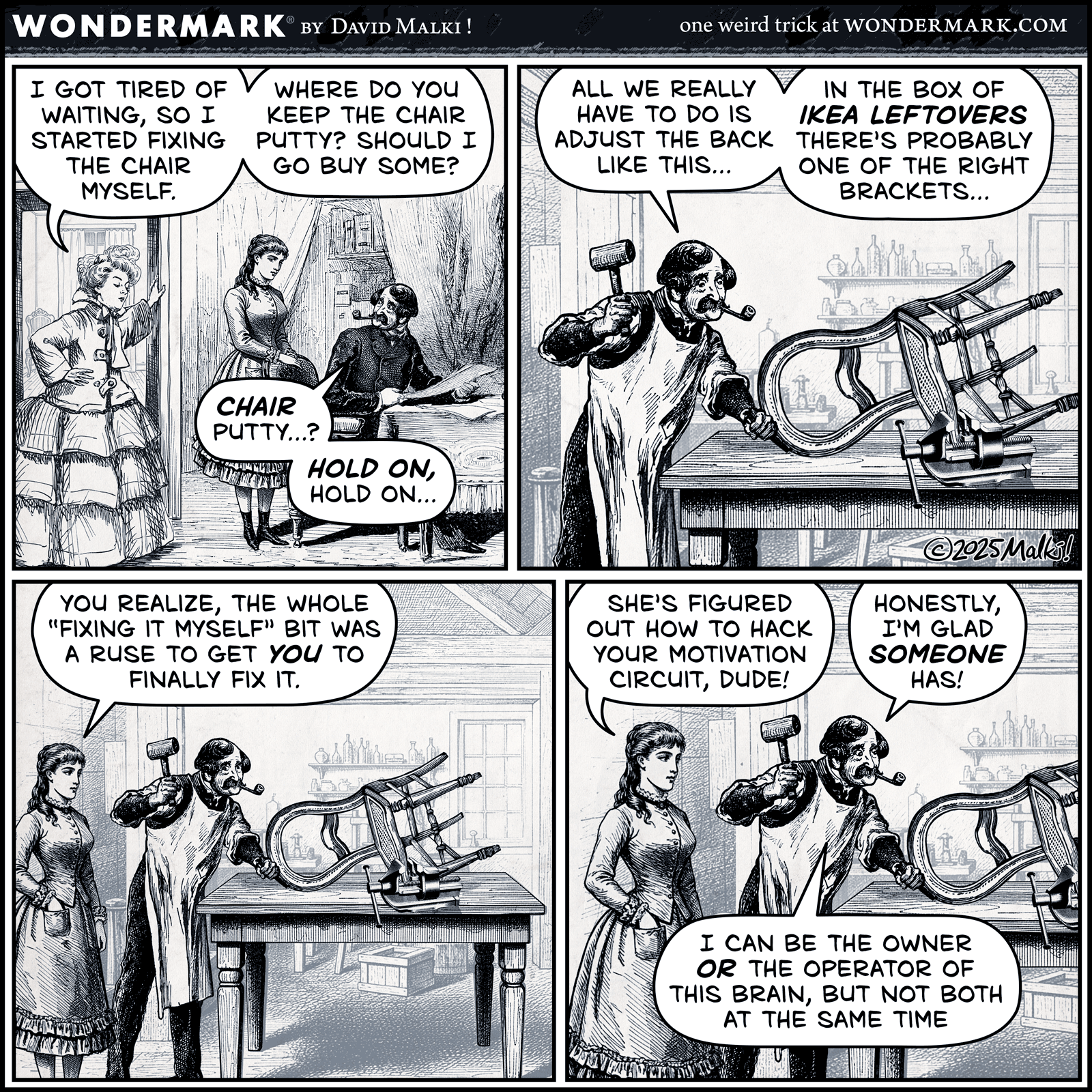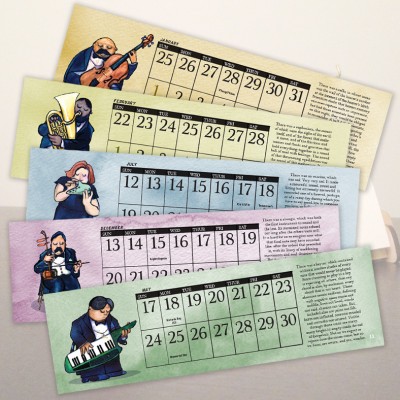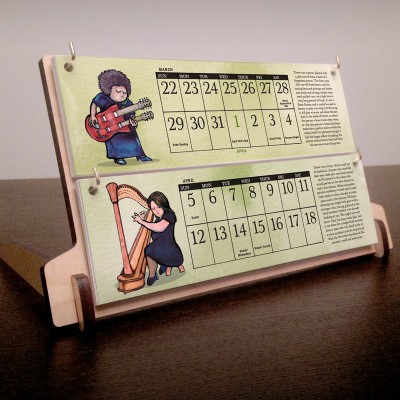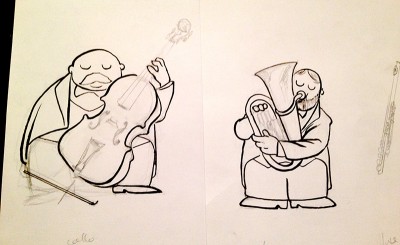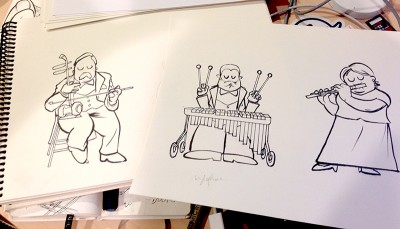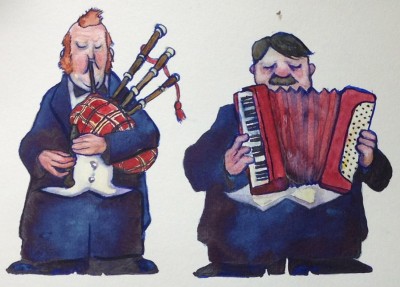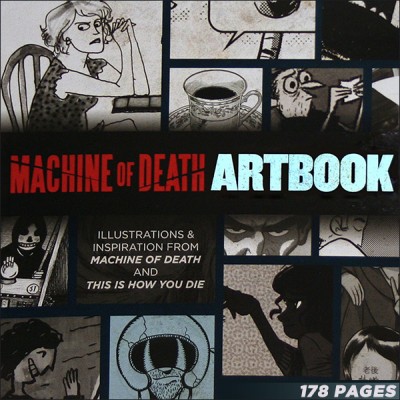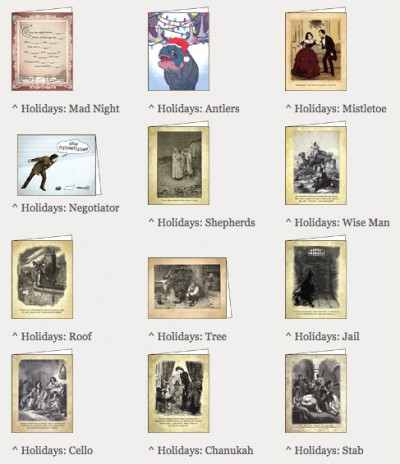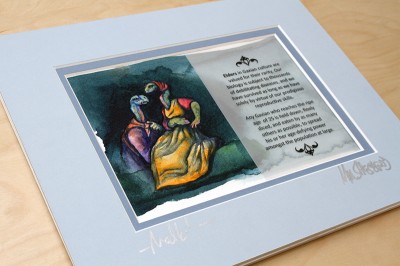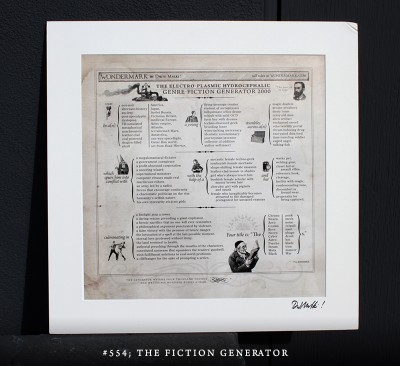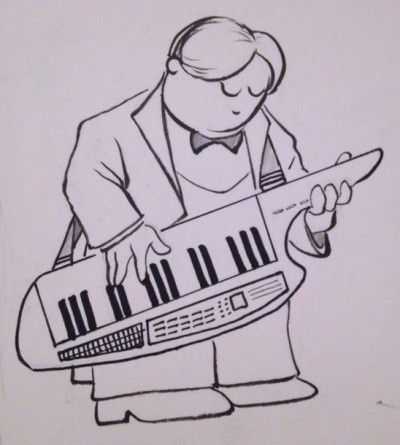The 2015 calendar is off to print! I’m really proud of it!! (Click these images for a closer look) UPDATE: It’s sold out!
I drew 29 pictures of weird orchestra members, and my regular collaborator Max Shepard has painted them. They look pretty sweet. And of course there is a story too — the terrible, forgotten legend of the Concert of Conscience.
If you’re not familiar, the annual calendar is a tradition around here. It started way back in December 2007 when I decided I wanted to make a calendar, and because calendars are only really useful for a short time, I figured I’d make it limited-edition (and thus SUPER FANCY).
The 2008-2012 calendars were hand-screenprinted; then, for the 2013 edition, I changed over to the hook-based, two-cards-up “progressive” design, and a watercolor aesthetic.
As of this writing, only 82 calendars remain (of the limited run of 250). All calendars are individually signed & numbered. We expect to start shipping them within 7 days. Get yours now!
Over at my TopatoCo store I’ve got a bunch of rad stuff too, including this new mug:
Based, of course, on this classic comic about drug addiction.
TopatoCo has a million packages a minute moving through their hands, so they have set up a series of very precise shipping deadlines worth taking a look at!
Over at my in-house store (where we sell the greeting cards and calendars and stuff), we’ll be accepting orders through December 19 before shutting down for the holidays.
I can’t personally 100% guarantee anything will arrive before Christmas because the post office is bananas, but we are definitely shipping as fast as we can and hoping for the best!
I hope we got some stuff you want

